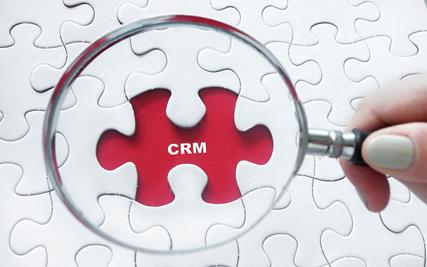A business that does not have an organized system of checks and balances can suffer. Without oversight of employee activities, one-time errors can grow to become bad habits that taint the company’s reputation or bring on far-reaching consequences. One need look no further than the financial crisis of 2008, when unscrupulous activities of several major banks contributed to a global economic collapse.
While I’m not insinuating that failing to prioritize and oversee client relationship management will result in financial ruin, it can have devastating consequences for your own business. If you do not have a means of policing how and when your employees interact with your clients, you may end up being caught off-guard. Do you have a system for documenting client-employee email chains? Is there a process for fielding a client request or complaint?
Make sure you appoint an employee to train his or her colleagues on the proper methods for handling your company’s client base. You should also have at least two supervisors who are accountable for fellow team members’ interactions with prospects and clients. It’s vital to have multiple people managing this aspect, as they can create a system of cross-checking each other’s work and ensuring nothing slips through the cracks.
Develop a CRM hierarchy
When creating the structure of your CRM process, it’s a good idea to envision a pyramid. At the base, you should count all of your employees (regardless of job title or specialty) because they are directly or indirectly responsible for the client experience.
The next tier of the client relationship hierarchy would be their supervisors. Depending on their area of responsibility, they should be working to ensure that the products or services your company delivers – or how they are sold and presented – to clients meets a certain level of quality.
The people to whom those supervisors report to should be somewhat separated from the minute details of the day-to-day. Therefore, these higher managers will be able to look at the bigger picture, including the tone and quality of client interactions and relationships.
Above these three levels of employees, you should place whoever is serving as the CRM officer. He or she can meet with managers to assess client service activities and pinpoint areas that need further development. This person will also be able to delve into the CRM processes and search for any activities that may be out of line with company policies and best practices. With a pyramid structure, information and ideas can flow from the bottom up to the top and vice versa. By establishing a chain of communication between all employees, regardless of status, you can rest assured that no issues will go unseen or unresolved.
